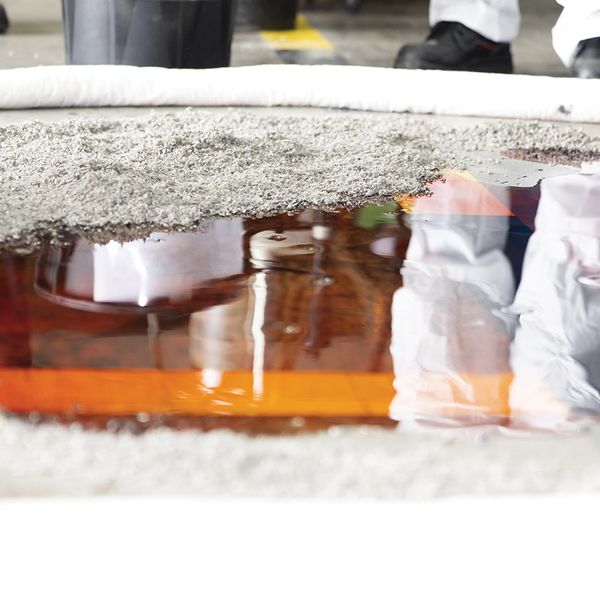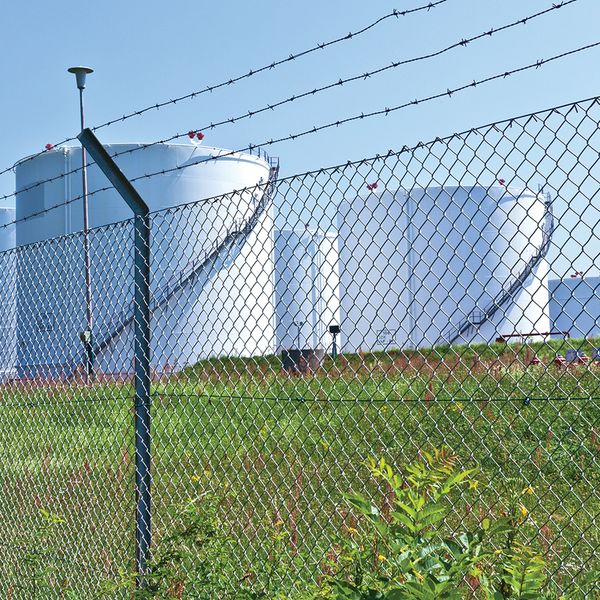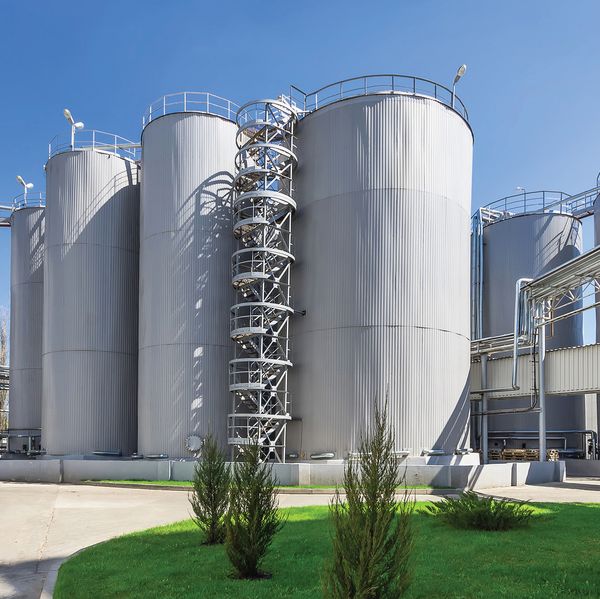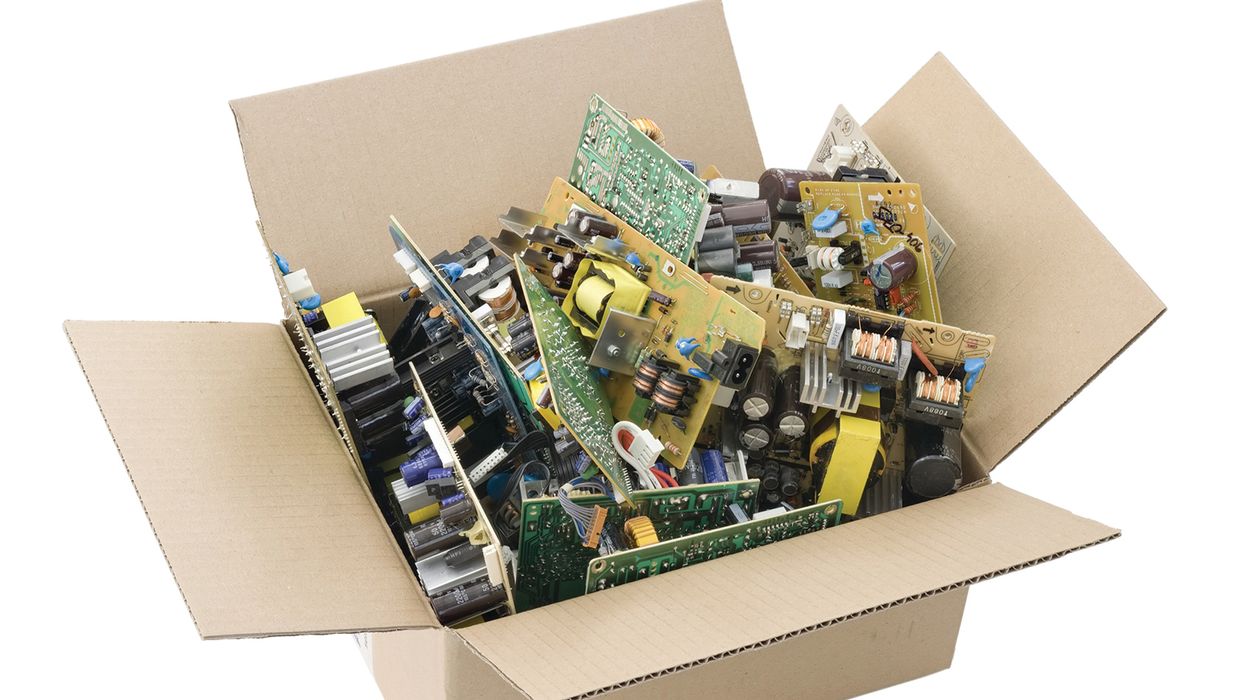SPCC rule: Is your aboveground storage tank covered?
It may not be worth crying over spilled milk, but spilled oil is a different story, especially if it reaches national waters. The Spill Prevention, Control, and Countermeasure (SPCC) rule requires certain facilities with aboveground storage tanks that contain oil to prepare and implement spill prevention and control measures.
A facility with an aboveground storage tank (AST) that contains any oil in any form (such as petroleum, fuel oil, sludge, vegetable oils, and synthetic oils) may be subject to the SPCC regulations. Covered facilities must take certain preventive actions and develop and apply an SPCC Plan.
Is your AST covered by the SPCC rule? Let’s find out.
First, keep this in mind.
The regulations may apply to your ASTs, even if you don’t see the specific term. The SPCC regulations at 40 CFR Part 112 don’t always use “ASTs.” Under the rule, ASTs include:
- Bulk storage containers,
- Bunkered tanks, and
- Partially buried tanks.
To ensure you don’t miss relevant regulations, evaluate the rule’s definitions for each type of AST to determine whether they apply.
What facilities does the SPCC rule cover?
The SPCC rule covers facilities that:
- Are non-transportation-related (i.e., facilities that store, process, refine, use, or consume oil);
- Are engaged in drilling, producing, gathering, storing, processing, refining, transferring, distributing, using, or consuming oil;
- Could be reasonably expected to discharge oil in quantities that may be harmful into navigable waters or adjoining shorelines; and
- Have a total aggregate capacity of either aboveground oil storage greater than 1,320 gallons or completely buried storage tanks greater than 42,000 gallons in containers of 55 gallons or more.
If your facility meets the criteria and has a combined capacity of 1,320 gallons or more of oil in ASTs with capacities of 55 gallons or more, the SPCC rule applies.
Tips for determining applicability
- “Navigable waters” refer to waters of the United States as defined at 120.2.
- Oil discharges that may be considered harmful are defined at 110.3.
- Each facility must determine the potential for a discharge since the SPCC rule doesn’t define “reasonably be expected."
- Per 40 CFR 112.1(d)(1)(i), the determination for whether your facility could reasonably be expected to discharge potentially harmful amounts of oil into navigable waters must be based solely on geographical and location aspects of the facility. You may not account for man-made features (like equipment or structures) that could prevent or contain a discharge.
- When calculating the total number of gallons of oil in your ASTs, don’t count aboveground containers with less than 55 gallons of storage capacity.
Is your facility considered a qualified facility?
Some facilities are eligible for streamlined requirements under the SPCC rule. These “qualified facilities” can prepare and self-certify their SPCC Plans instead of having them reviewed and certified by a professional engineer.
To qualify, your facility must:
- Have a total aboveground oil storage capacity of 10,000 gallons or less; and
- Over the previous three years, have no:
- One discharge of oil greater than 1,000 gallons into navigable waters or adjoining shorelines, or
- Two discharges of 42 gallons or more of oil into navigable waters or adjoining shorelines within any 12-month period.
Eligible facilities must determine the type of qualified facility that applies.
- If your facility has no aboveground oil containers greater than 5,000 gallons, it’s a Tier I Qualified Facility. You may complete and self-certify the SPCC Plan template (Appendix G to Part 112).
- If your facility has at least one aboveground oil container greater than 5,000 gallons, it’s a Tier II Qualified Facility. You may complete and self-certify the SPCC Plan per the requirements at 112.7 and either Subpart B or Subpart C of Part 112.
Key to remember: If your facility has an aboveground storage tank that holds any kind of oil, it may be subject to the Spill Prevention, Control, and Countermeasure rule.


















































